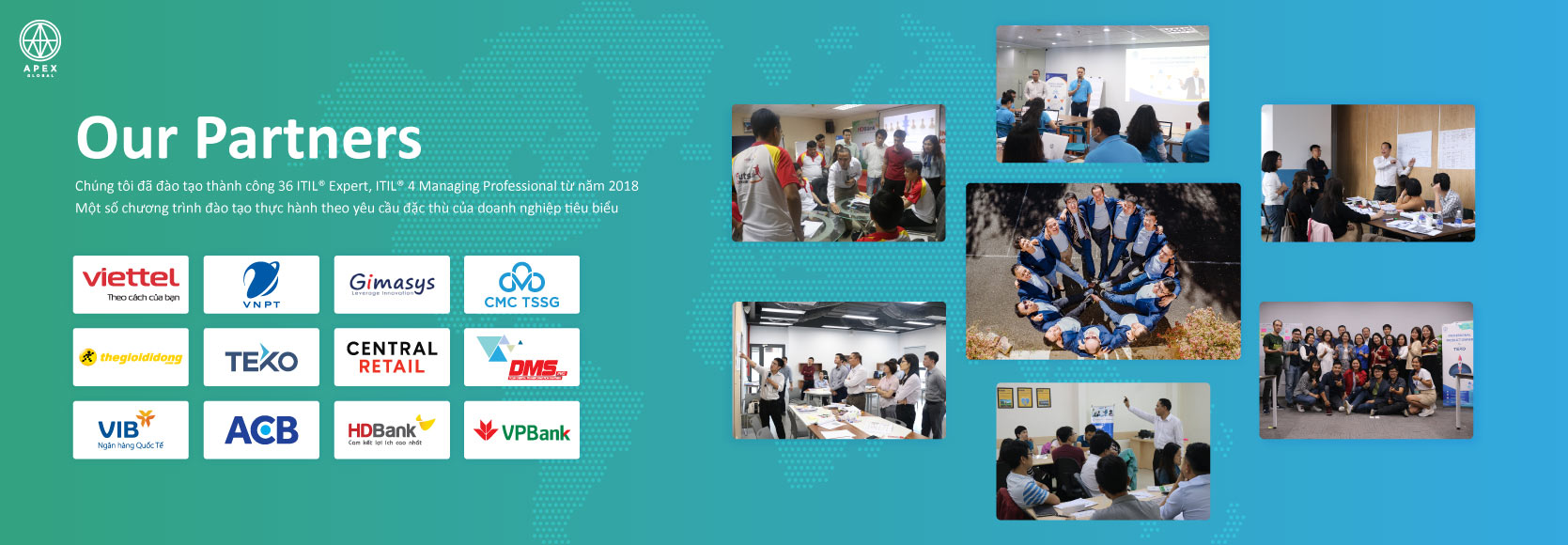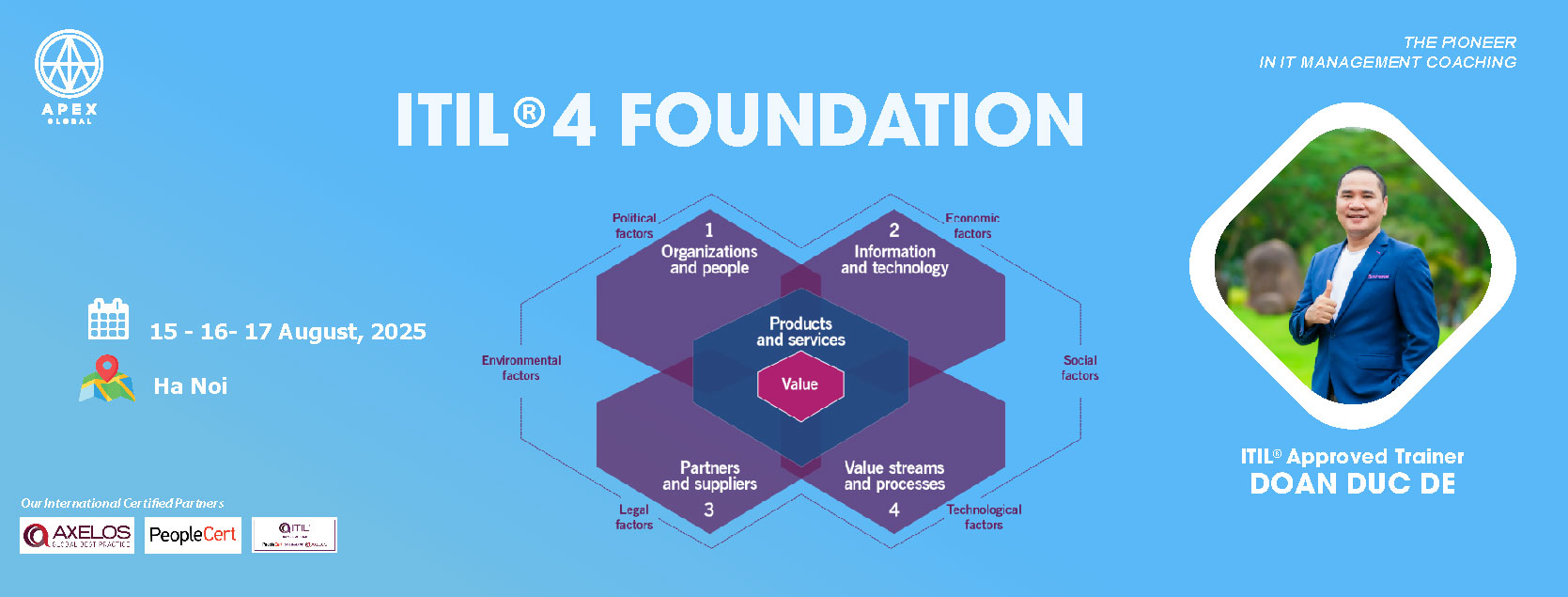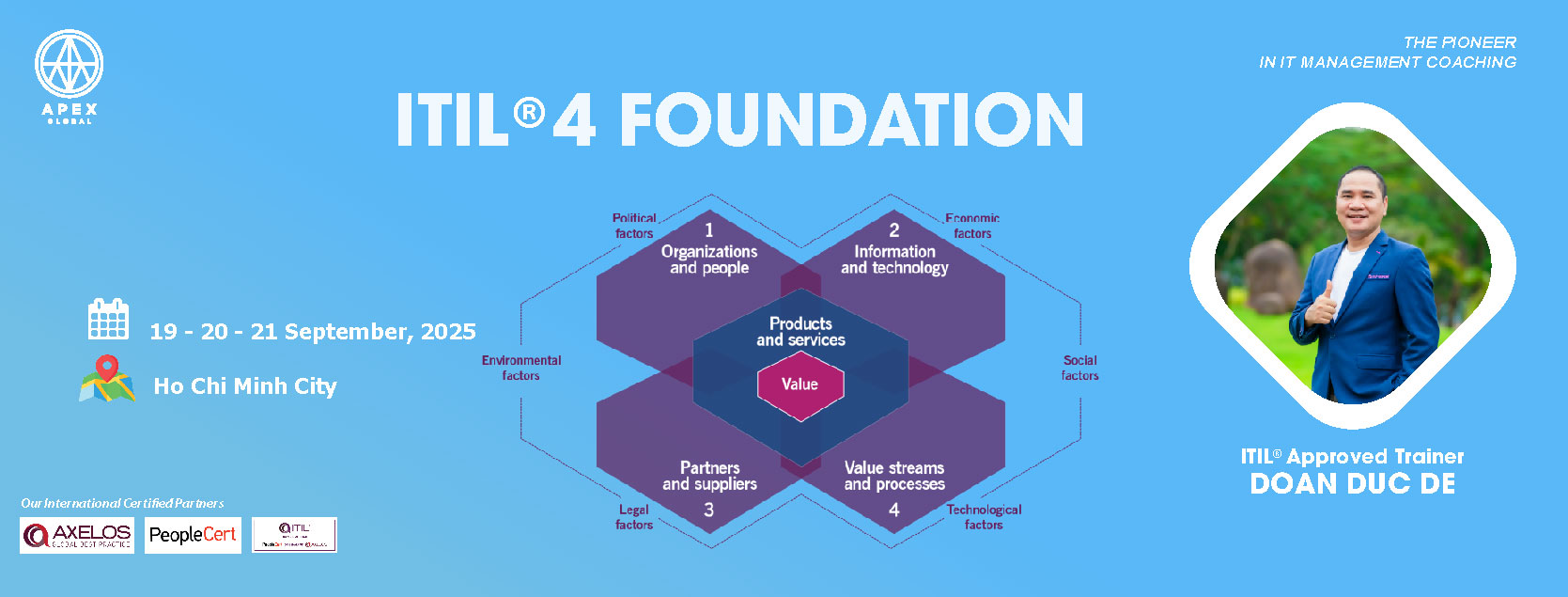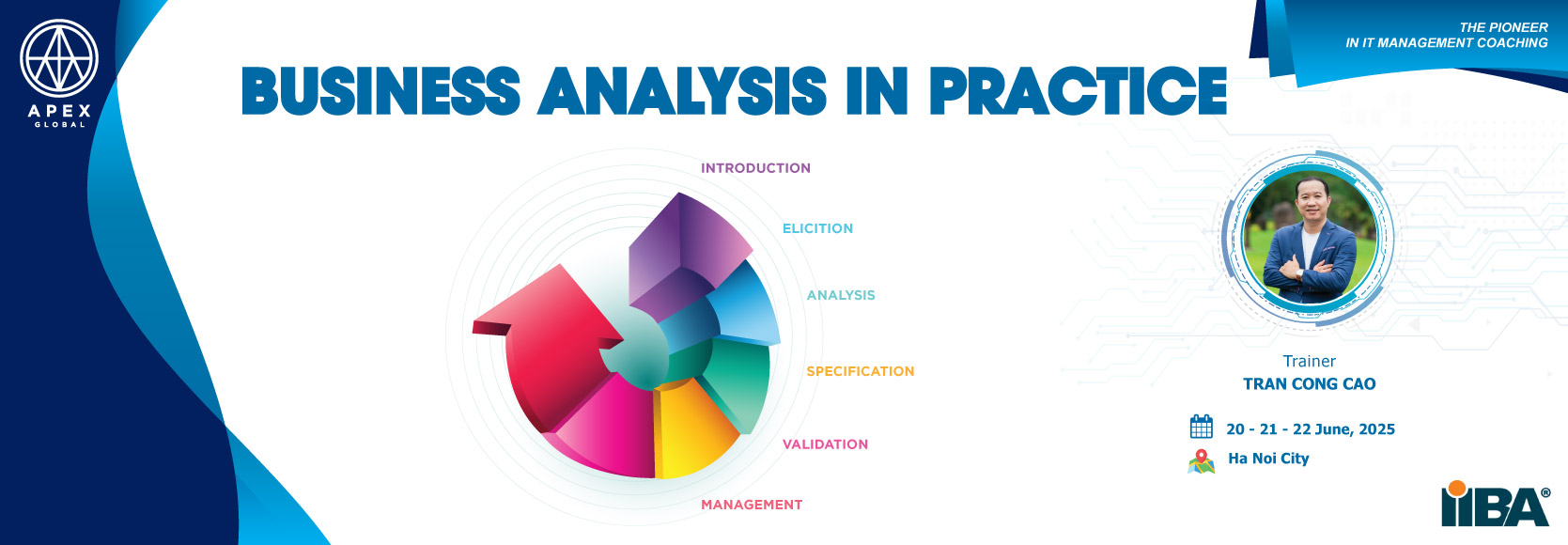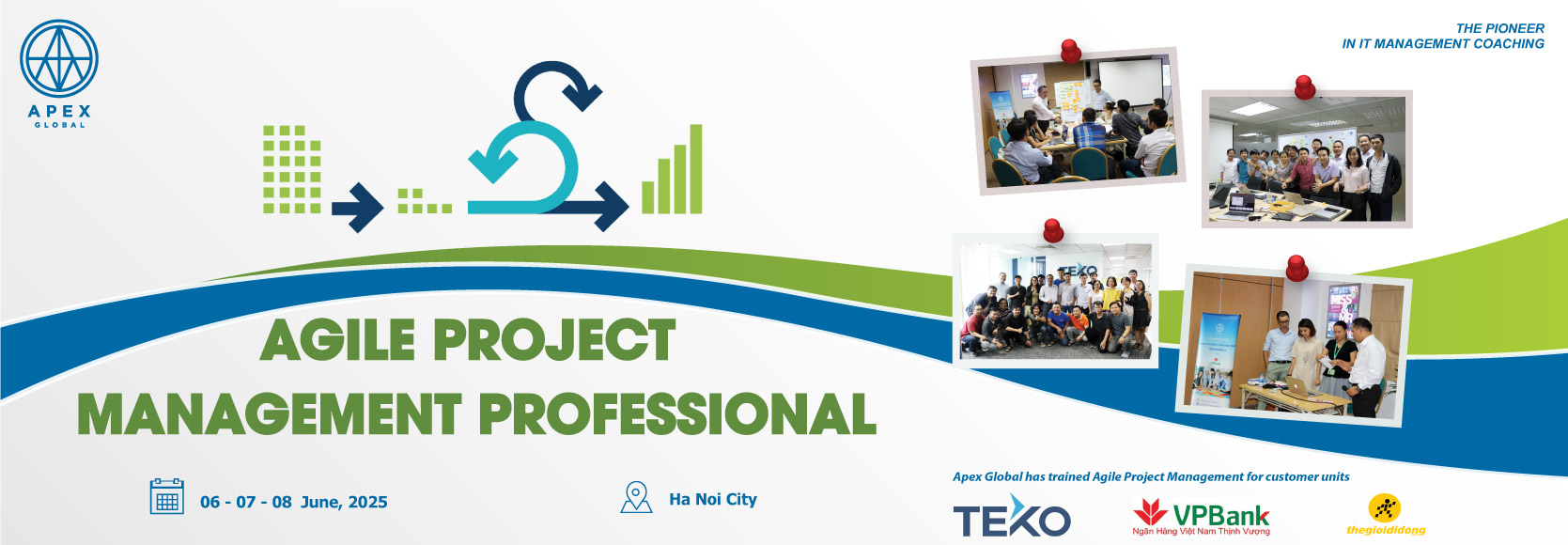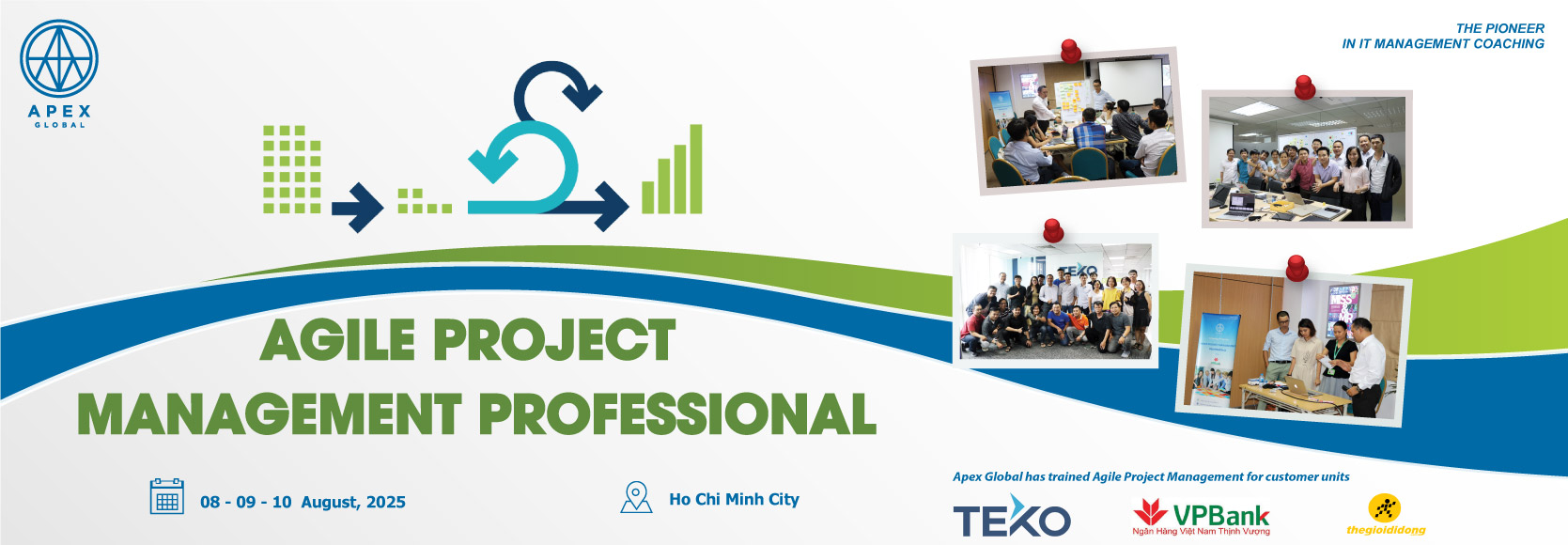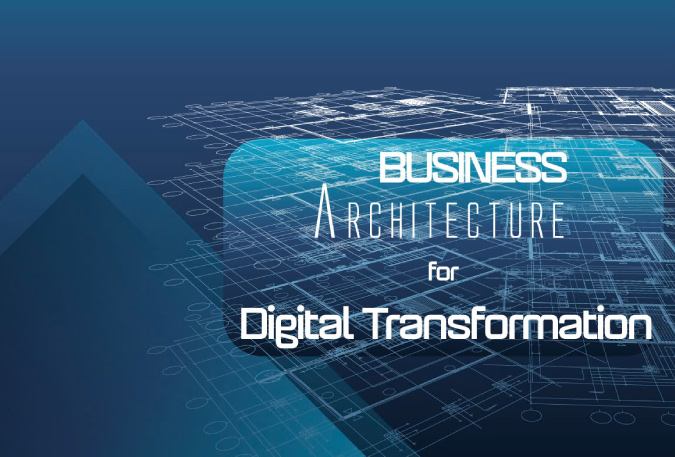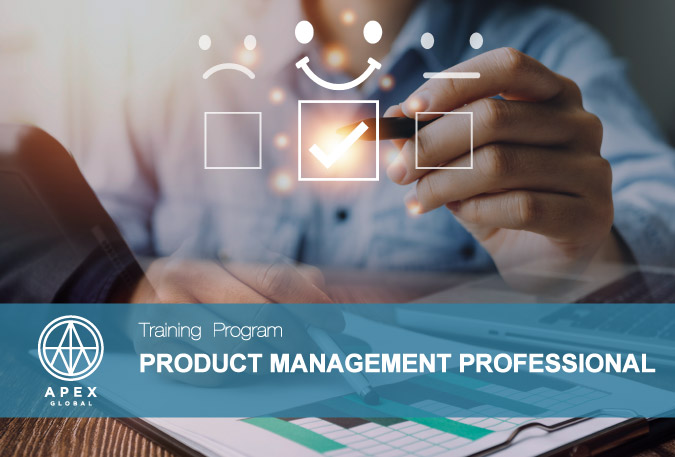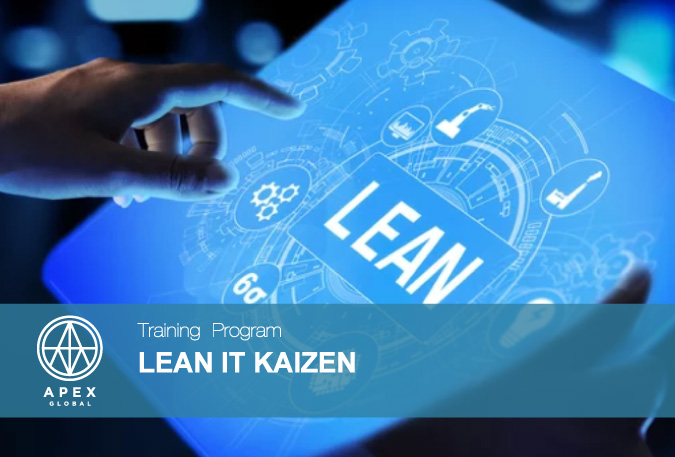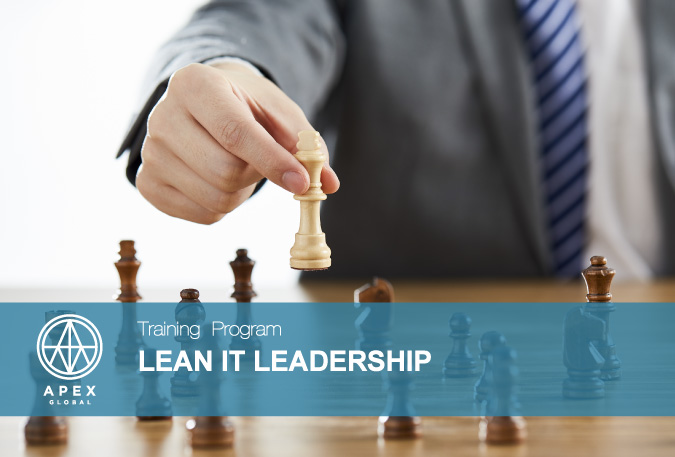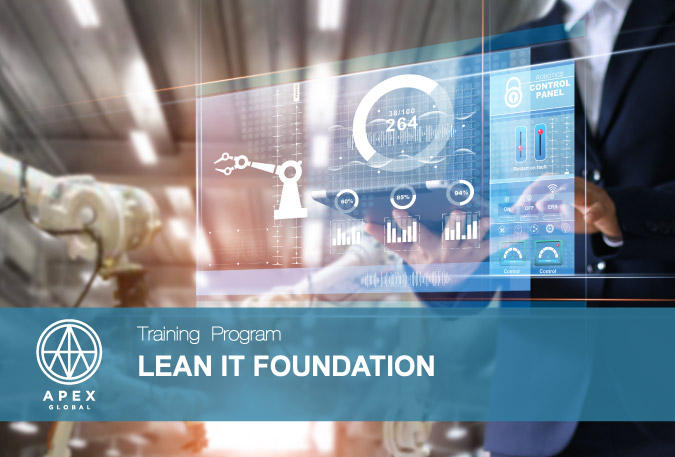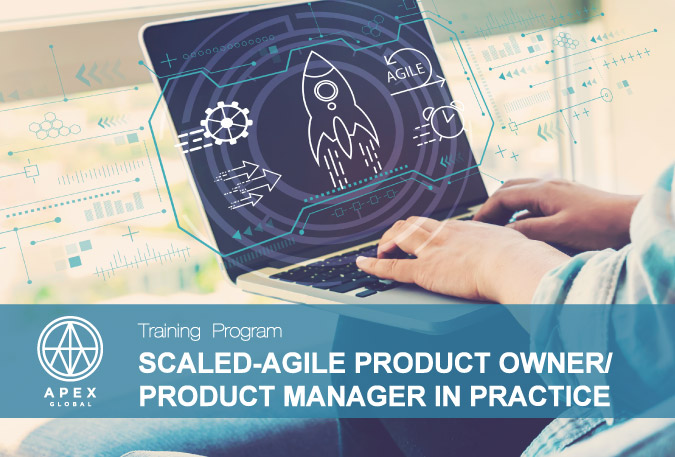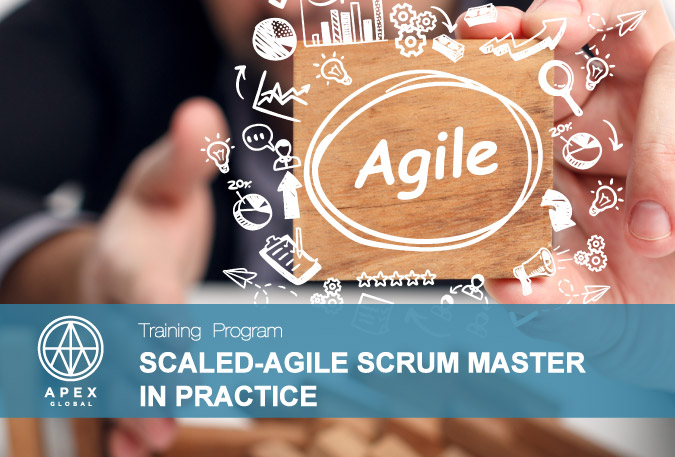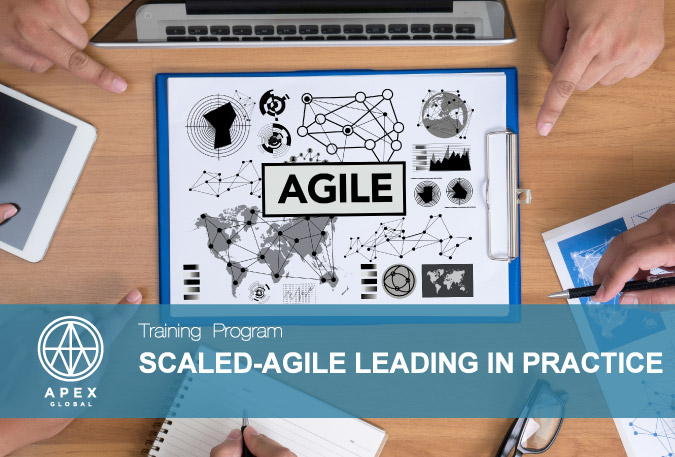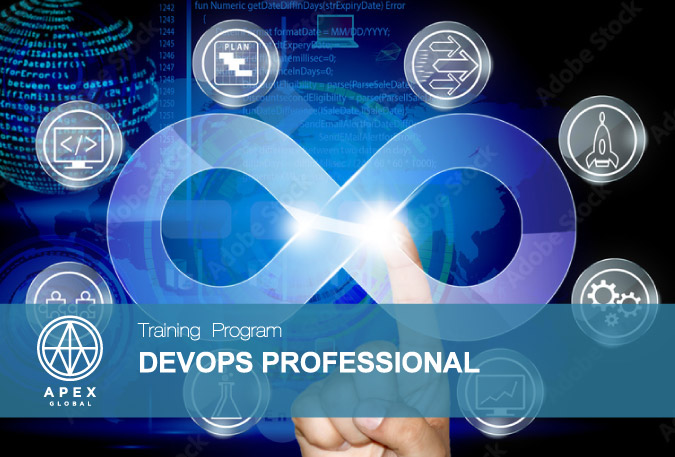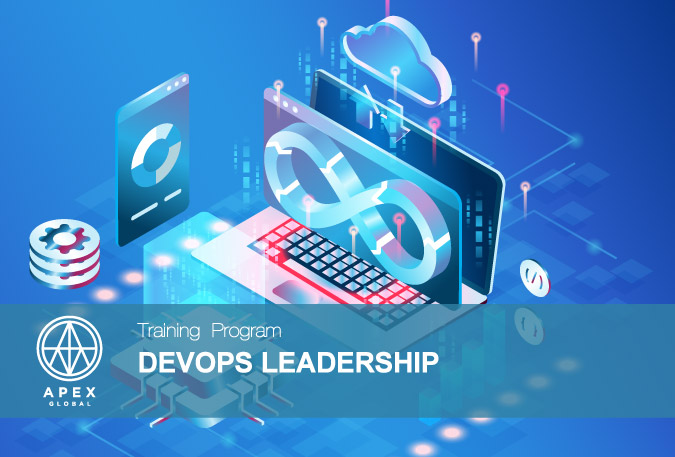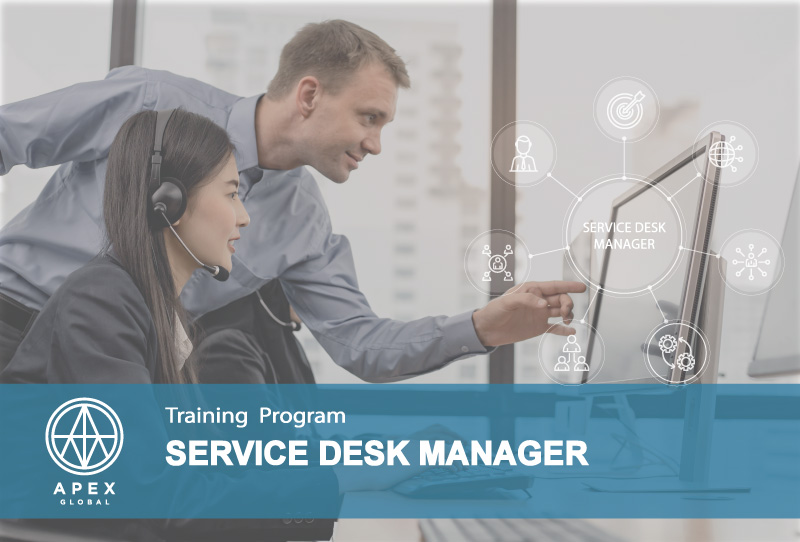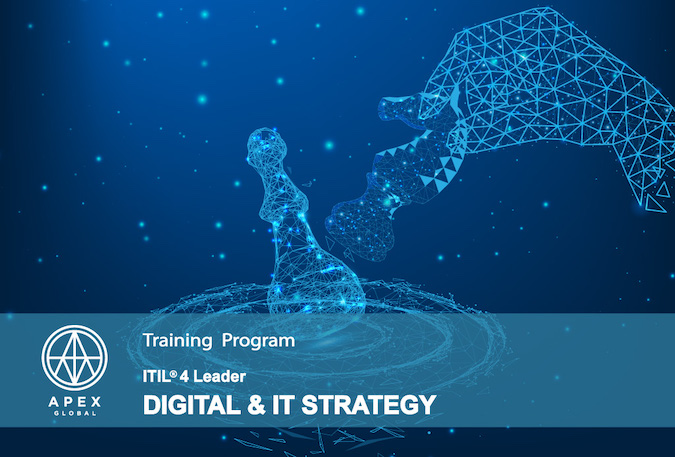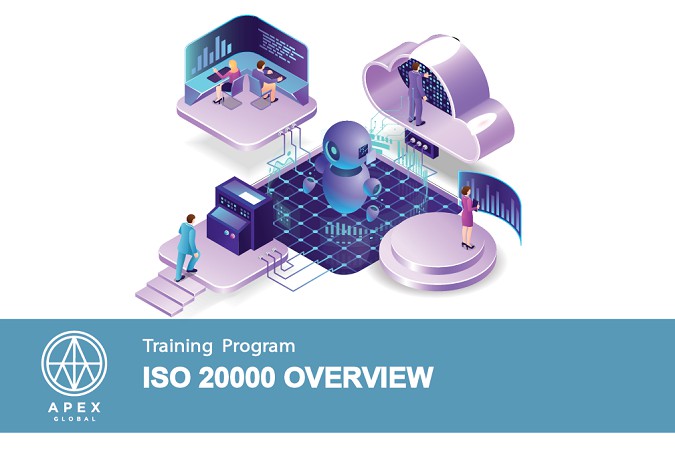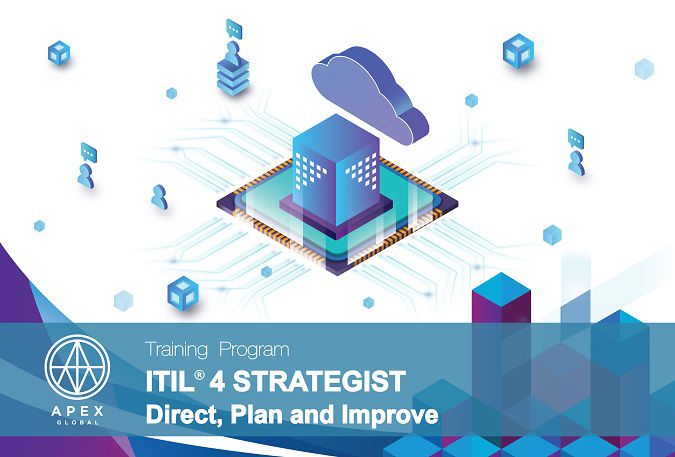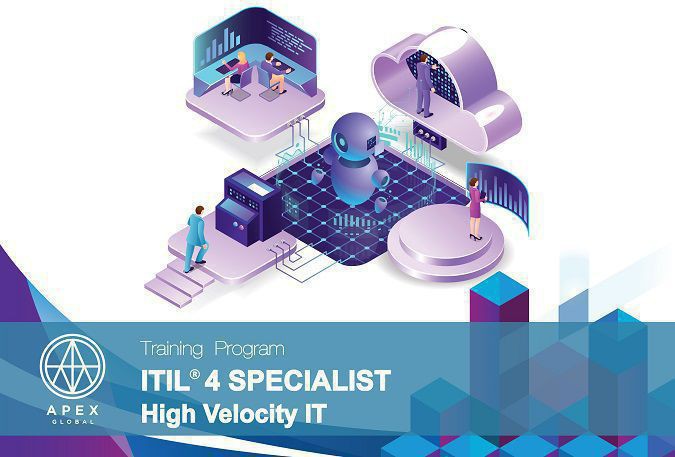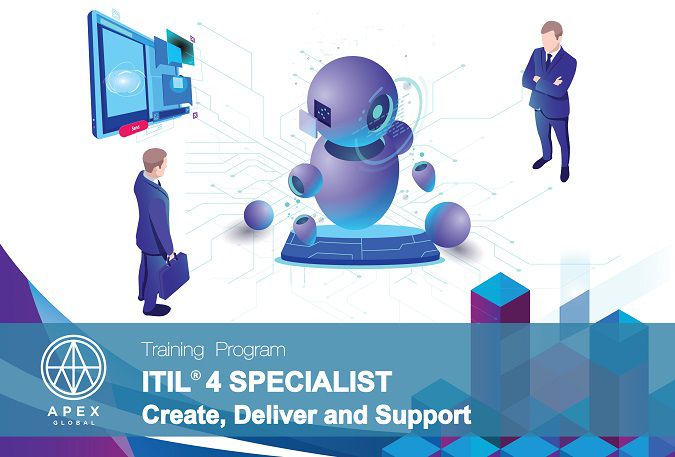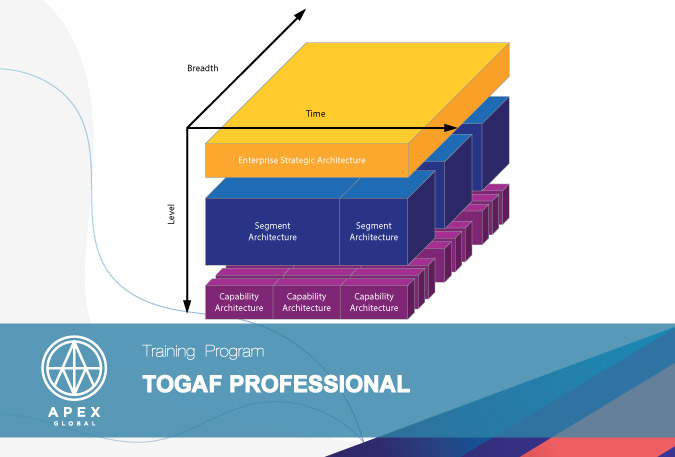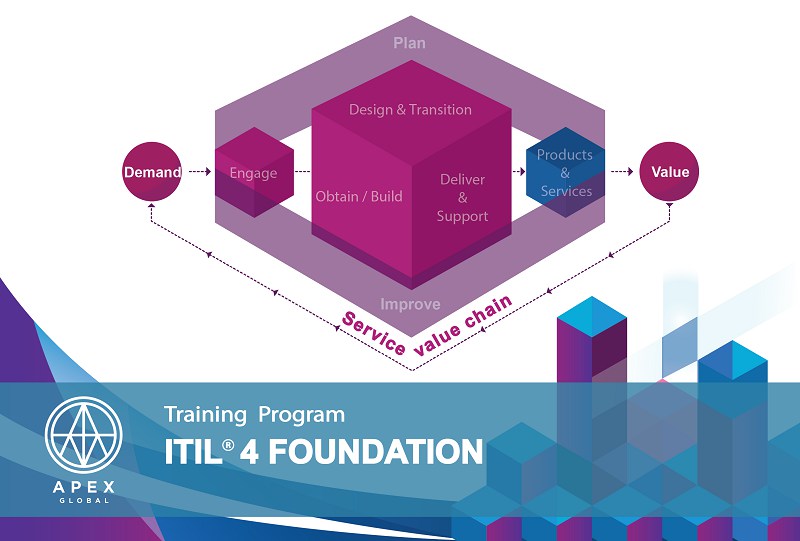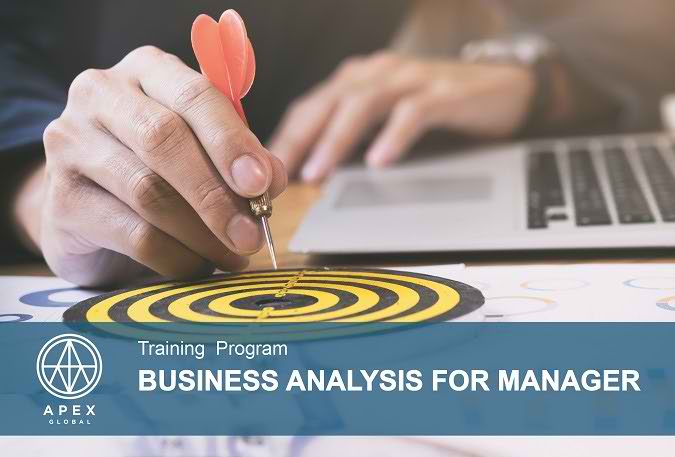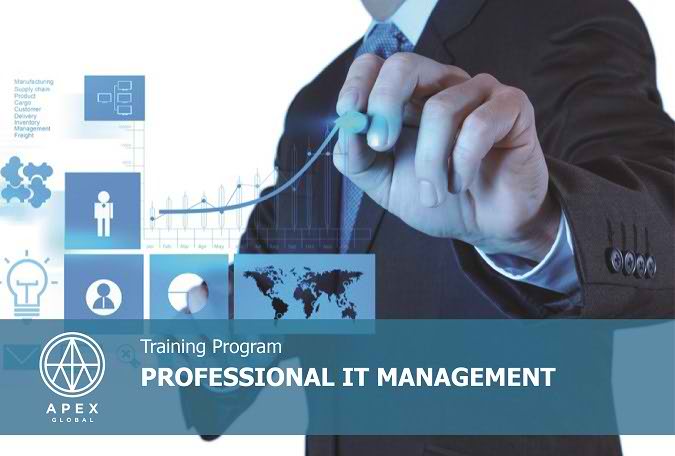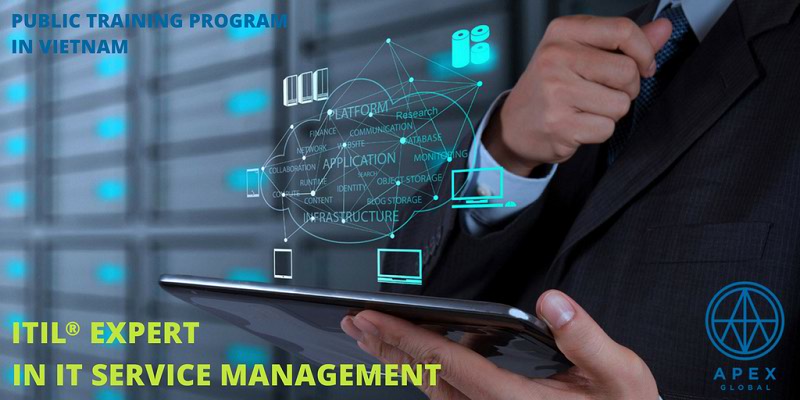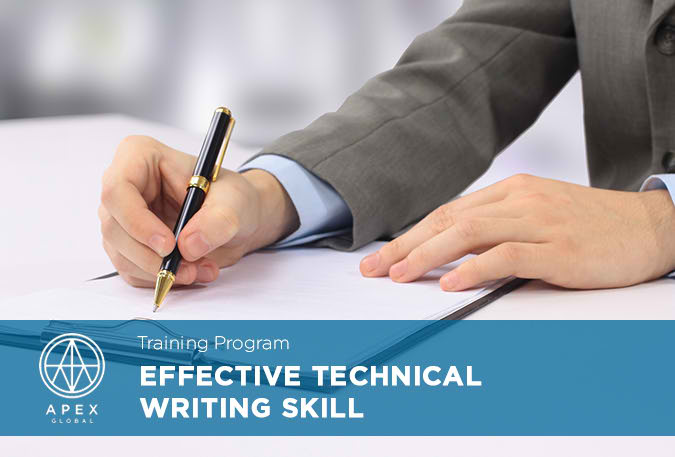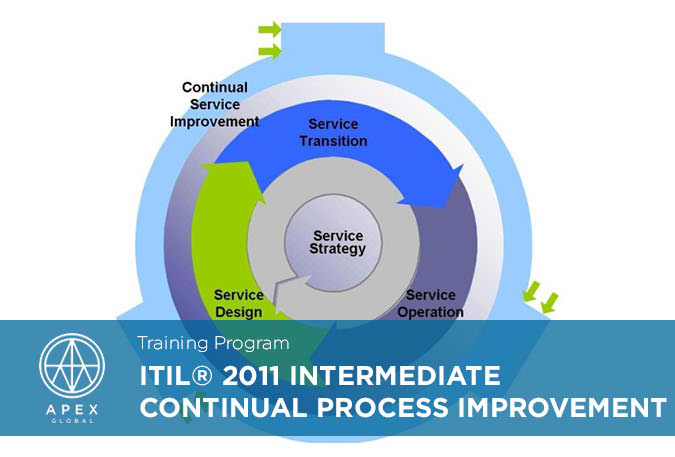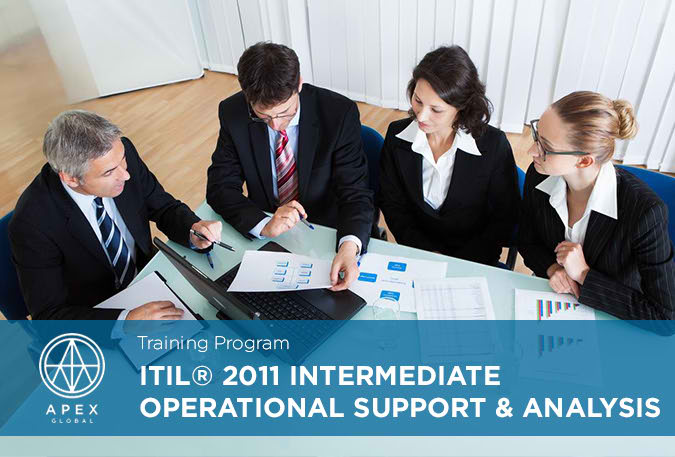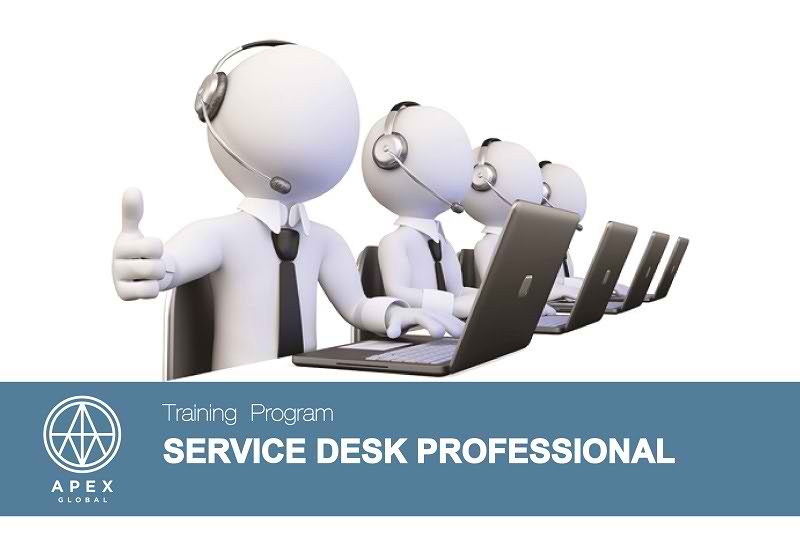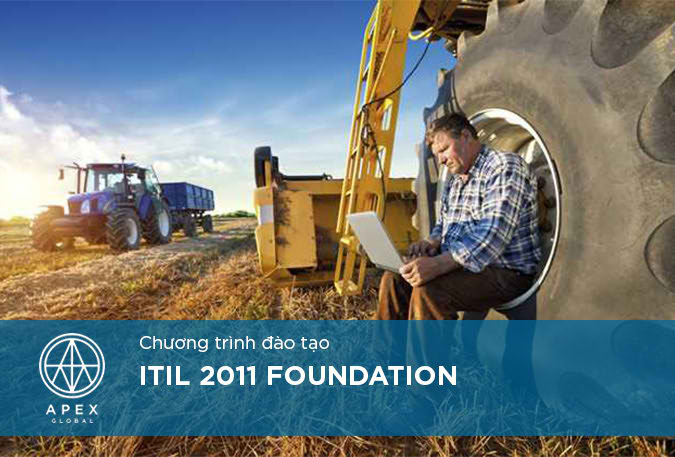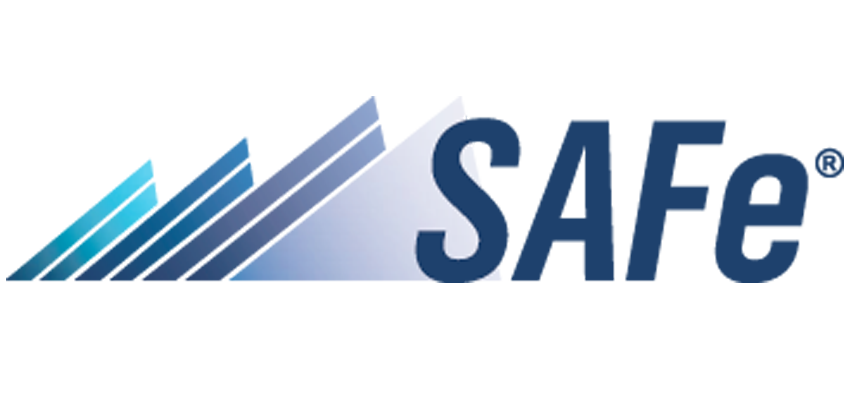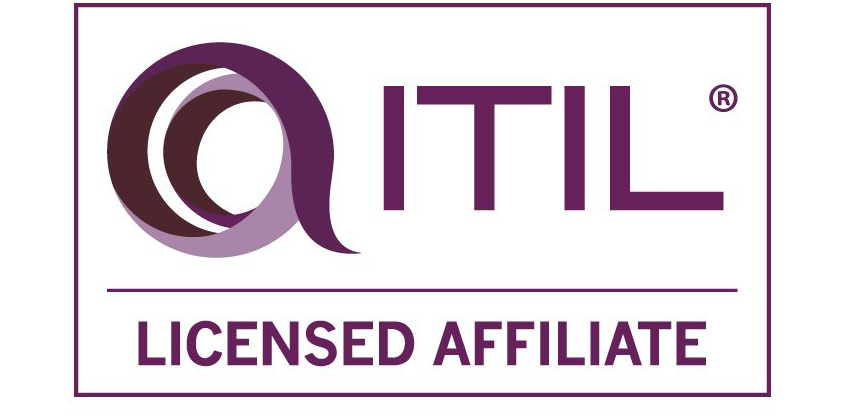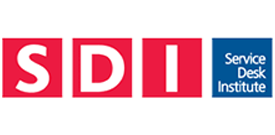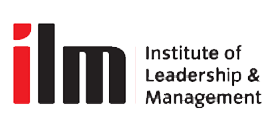2022-07-08
2022-07-08
2022-07-08
2022-07-08
2022-07-08
2022-07-08
2022-07-07
2022-07-07
2022-07-07
2022-07-07
2022-07-07
2021-03-23
2021-01-05
2020-02-19
2020-02-18
2020-02-18
2019-08-14
2019-05-03
2019-04-09
2019-01-07
2016-01-12
2016-01-12
2015-11-18
2015-11-18
2015-11-18
2015-11-18
2015-11-18
2015-07-12
2015-07-12
2015-07-06
At the end of this course students will be able to:
- Understand the fundamental principles of the Lean IT philosophy
- Analyze and understand the value to the customer
- Understand how Lean IT approaches on improving processes and eliminating customer-invaluable tasks (waste)
- Learn how to measure performance and its key elements
- Improve the efficiency of the organization, including the use of visual management tools
- Understand troubleshooting tools
- Work with the DMAIC improvement model
- Understand the behaviors and attitudes needed to succeed within Lean organizations
Module 1: Introduction of Lean
- Historical development of Lean
- Key Principles: Customer Value, Value Stream, Flow, Pull, Perfection
- Concepts of Waste, Variability, and Overburden
- Classification of activities: Value-Add, Necessary Non-Value-Add, Non-Value-Add
- Plan-Do-Check-Act cycle as the generic method for quality improvement
- Definition of Lean IT
- Dimensions of Lean IT: Customer, Process, Performance, Organization and Behavior & Attitude
- Key ‘players’: Shingo Prize, Lean IT Association, author community
Module 2: Customer
- The voice of the Customer (VoC) and the types of customers
- Types of customer value
- Concept of Critical to Quality (CTQ)
- Ways to analyze the Voice of the Customer
- Sources of continuous improvement opportunities: Voice of the Customer, Voice of the Business, Voice of the Process, Voice of the Regulator
Module 3: Process
- Definition of process and the basic processes in an organization
- Key components of a process: goal, result, input, throughput, output, customer
- Concepts of Push and Pull
- SIPOC Model
- Key aspects of a Value Steam Map (VSM)
- Most important metrics in a process: Cycle time, Takt time, Lead time, Waiting time, Changeover time, Work in Progress, Parallel Lines, Throughput, Capacity
- Value improvement in processes: possible sources of improvements including specifically heijunka and 5s
- Concepts of value demand and failure demand and the related value and failure steams
Module 4: Performance
- Definition of performance
- Definition and requirements for Key Performance Indicator (KPI)
- Concept of Process Cycle Efficiency (PCE) as a method of understanding time usage
- The goal of understanding the availability of skills and knowledge
- Combination of Performance indicators, Time and Skills & Knowledge to steer performance
Module 5: Lean Organization
- Organizational requirements for Lean IT structuring for customer orientation, empowerment of frontline to act in delivery of value to customers and speed of communication through the organization
- Principle for organizing: customer orientation and speed of communications
- Goal of management to empower employees
- Concept and components of the performance dialogue
- Concept and goals of visual management include use of boards
- Concept of Kanban and its role in visual management
Module 6: Behavior and Attitude
- Characteristics of the Lean mindset, empowerment of the individual to stop the production line
- Types of Lean behavior, Quality at the source (First Time Right)
- The role of mangers within a Lean environment
- Lean Leadership – Go See, Ask Why, Show Respect
- Valley of despair in relations to people’s expectations over time
Module 7: Problem Solving / Kaizen
- Definition of Kaizen and Kaikaku as the two forms of improvement within Lean
- Overview of steps in the DMAIC method
- Define phase: Definition of a problem
- Measure phase: Definition of a Pareto chart and its use
- Analyze: Definition of an Ishikawa (Fishbone) diagram and its use
- Analyst phase: 5 Why method for root cause analysis
- Improve phase: inputs for future state
- Control phase: explain the way to stop mistakes from happening
Any managers and specialists with direct or indirect responsibility for information systems, and in general, any IT professional who wishes to understand the philosophy, principles, and techniques of Lean in order to apply them in an organization, department, or IT team.
Class training methods
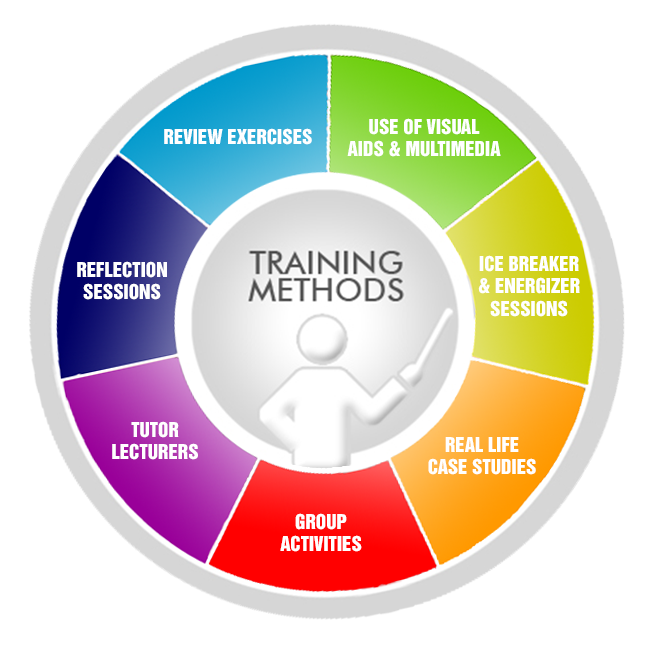 Values
Values
- CUSTOMISED: Our tailor-made solutions are in line with your business goals, drawing on best practices and proven approaches
- RESULT-ORIENTED: Our primary objective is the enhancement of business results through continuous evaluation for maintaining focus and accountability
- COST-EFFECTIVE: Our customized and simple solutions are highly cost-effective
- TARGETED: We use a combination of approaches and techniques to meet the objectives of our individual clients and organizational needs
- PROCESS-ORIENTED: Our training programs are process focused, not process bound. We apply standard tools for process streamlining
- IMPROVEMENT FOCUSED: Our techniques involve robust evaluation, open and honest communication and on-going process upgrading for continuous improvement.
- IMPACTFUL: Our experts leverage powerful solutions that can deliver the right impetus to your business
Contact Info |
Public Training Schedule |
| Phone: +84 (0)862 718 187 Email: [email protected] | Please click below link to view our public training schedule |
Brochure VN
The International Software Quality Institute (iSQI®) is a
Lean IT Foundation
- Home
- IT Training
- Lean IT Foundation
1st Floor, 16-18 Xuan Dieu Street, Tan Son Nhat Ward, HCMC, Vietnam
(+84-28) 6271 8187
[email protected]
Copyrights @2023 Apex Global | All Rights Reserved

